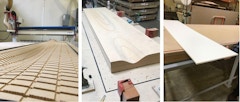
Solid Surface Material for Facades
Navigating the building code, while challenging in any respect, can be even trickier when considering the use of emerging materials on building

Navigating the building code, while challenging in any respect, can be even trickier when considering the use of emerging materials on building
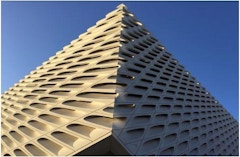
Globalization in the construction industry has brought about new demands for buildings and construction projects, new demands that still need to take
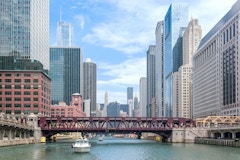
The Facade Tectonics Institute will make its debut in Chicago on May 23, 2017. The half day forum event will be held at the Illinois Institute of Technology campus.

The Millennium IGU: A Regenerative Concept for a 1000 Year Insulated Glass Unit is an ongoing series published by the Advanced Technology Studio of Enclos examining the undesirable lifecycle impacts associated with conventional IGU production, use and disposal.
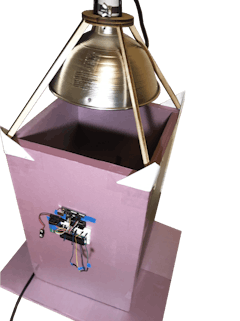
The global increase in atmospheric temperature rise combined with the rapid growth of previously underdeveloped climate zones presents a growing need


The Facade Tectonics Institute (FTI) hosted its fifth 2019 Regional Forum in the Material Matters series at Rice University. FTI is widely recognized for producing the leading technical events focused on buildings and urban habitat through the lens of the building skin.


Sharon Egretta Sutton of the Parsons School of Design joins us to address and discuss diversity and inclusion in the architectural profession. This episode is hosted by Alexandra Blakeslee of TECHNOFORM.

Iridescence effects, quench marks, leopard marks… The names given to optical anisotropy in toughened and heat-strengthened glass are diverse and
Today, there is a shift towards sustainable simplicity in facades, embracing material innovations and thermal design strategies for long-term
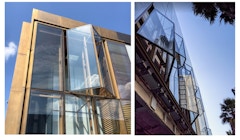
Fidelity between the built enclosure and early visualizations is rarely, if ever, an accident. When achieved, it comes as the result of persistent

The performative and visual aspects of curved forming/bending thin “formable” planar materials is explored. Early tests for deflection indicate that